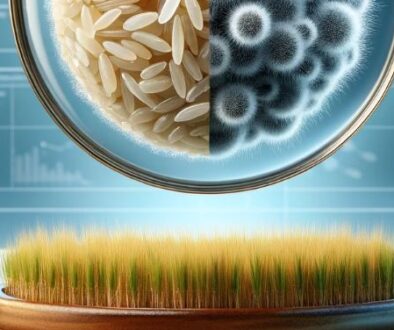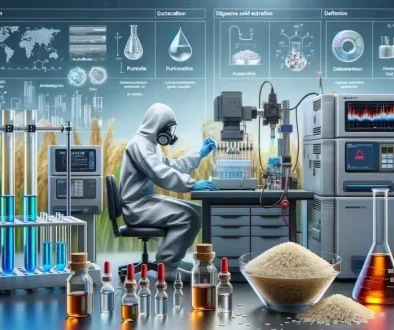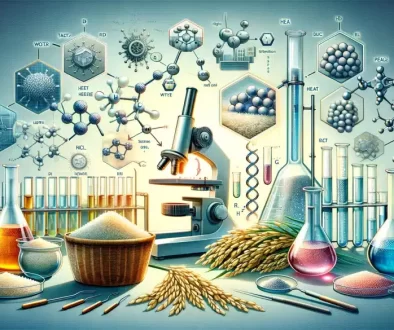Study on the effect of pea peptide in alleviating the formation of insulin resistance
Explore the role of pea peptides in reducing insulin resistance in liver cells, offering promising diabetes treatment insights and health benefits.
The article “Exploring the Effectiveness of Pea Peptides in Alleviating Insulin Resistance” investigates the role of pea peptides in mitigating insulin resistance (IR) in human liver cancer cells. This study is significant given the increasing prevalence of diabetes, particularly Type II diabetes, which accounts for over 90% of diabetes cases globally. Insulin resistance, a condition where insulin and its receptors fail to signal properly, plays a critical role in the development of Type II diabetes and can have adverse effects on various organs and tissues.
Keywords: Insulin resistance, HepG2/IRR cells, pea peptide
Abstract
The research aimed to examine the impact of pea peptides on insulin resistance in HepG2 liver cancer cells. By inducing IR in these cells with high concentrations of insulin and then treating them with different concentrations of pea peptides, the study assessed changes in glucose consumption and the expression of insulin receptors (InsR) and apoptosis-promoting protein Caspase-3. The findings suggest that pea peptides can somewhat alleviate insulin resistance in liver cells.
Introduction
Diabetes is a complex disease characterized by high blood sugar levels, resulting from insufficient insulin supply or its inadequate function in target cells. This can disrupt the metabolism of sugar, proteins, and fats, leading to diabetes. With its progression, diabetes can cause chronic complications in the eyes, kidneys, nerves, blood vessels, and heart, leading to severe conditions like blindness, amputation, or even death. The study focuses on insulin resistance, a major contributor to Type II diabetes, exploring how pea peptides, derived from protein hydrolysis of peas, might mitigate its formation.
Materials and Methods
The study utilized human liver cancer cells (HepG2) to establish an IR model by treating them with high insulin concentrations. Various assays, such as glucose oxidase-peroxidase method (GOP-POD) and MTT colorimetry, were employed to measure changes in glucose content and cell toxicity, respectively. Flow cytometry was used to assess the expression levels of InsR and Caspase-3 protein.
Results
The IR model was most stable when induced for 48 hours, showing a 10% reduction in glucose consumption compared to normal HepG2 cells. Treating these IR-induced cells with pea peptides increased glucose consumption by 1.31 to 1.68 times and enhanced InsR expression by 1.19 to 1.34 times. The expression of apoptosis protein Caspase-3 also increased, indicating the potential of pea peptides to alleviate insulin resistance.
Conclusion
Pea peptides have a mitigating effect on the formation of insulin resistance in liver cells. The study highlights the potential of pea peptides in the development and utilization of diabetes treatments, suggesting a need for further investigation into their functional peptide structures and mechanisms of action.
This exploration into the beneficial effects of pea peptides on insulin resistance not only provides a basis for future functional food products targeting blood sugar reduction but also calls for a deeper understanding of the specific peptide segments and mechanisms by which pea peptides alleviate insulin resistance.
For more further detailed information of this research, feel free to contact our team for asssistance.
Original research by Cui Xinyue, Zhang Ruixue, Zhou Ming, Zhu Yan, Chen Liang, Ma Yong, Gu Ruizeng, Wei Ying*
(China Food Fermentation Industry Research Institute Co., Ltd., Beijing Protein Functional Peptide Engineering Technology Research Center, Beijing 100015) Article ID: doi: 10. 13386/j. issn1002-0306. 2019. 12. 024












